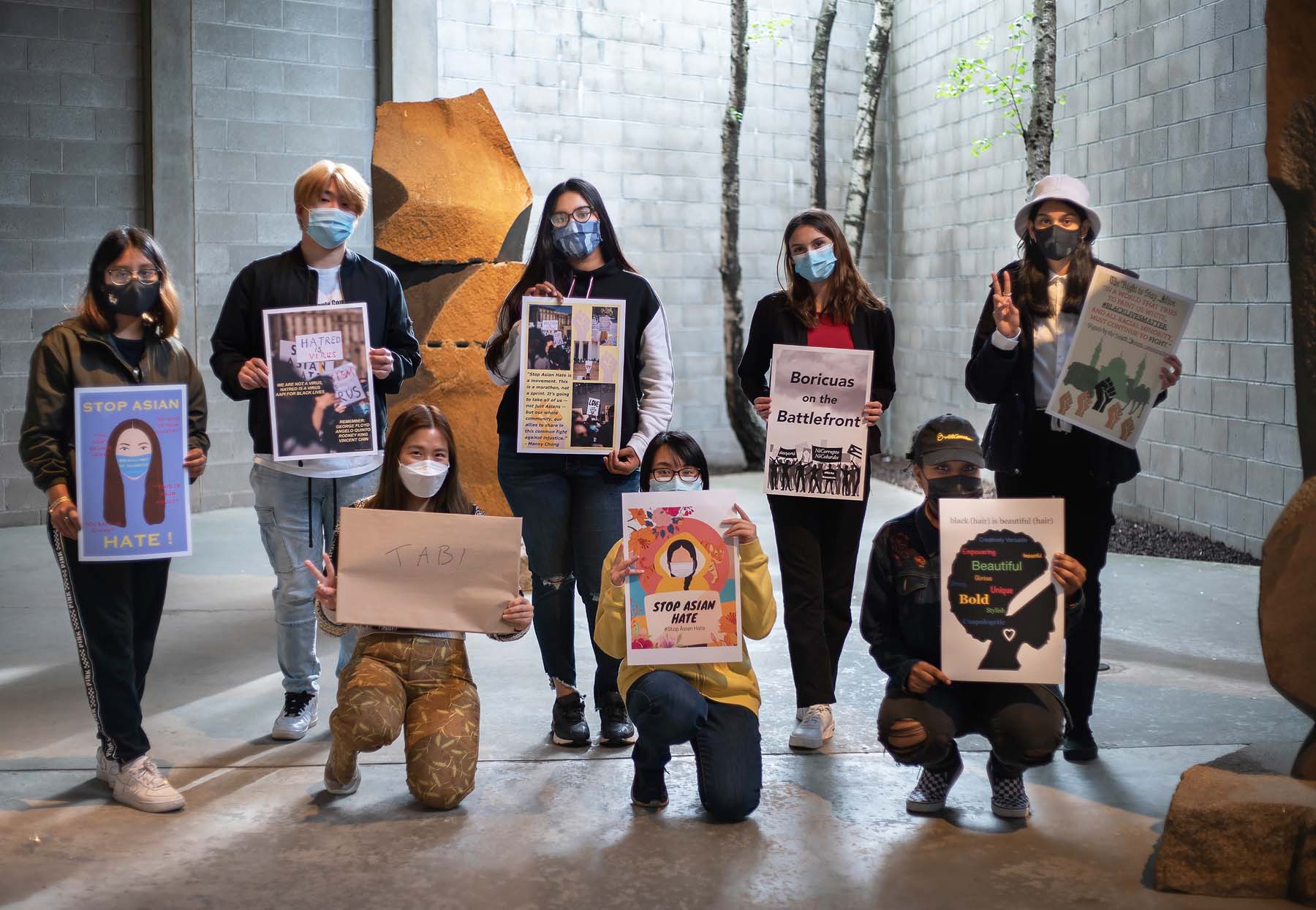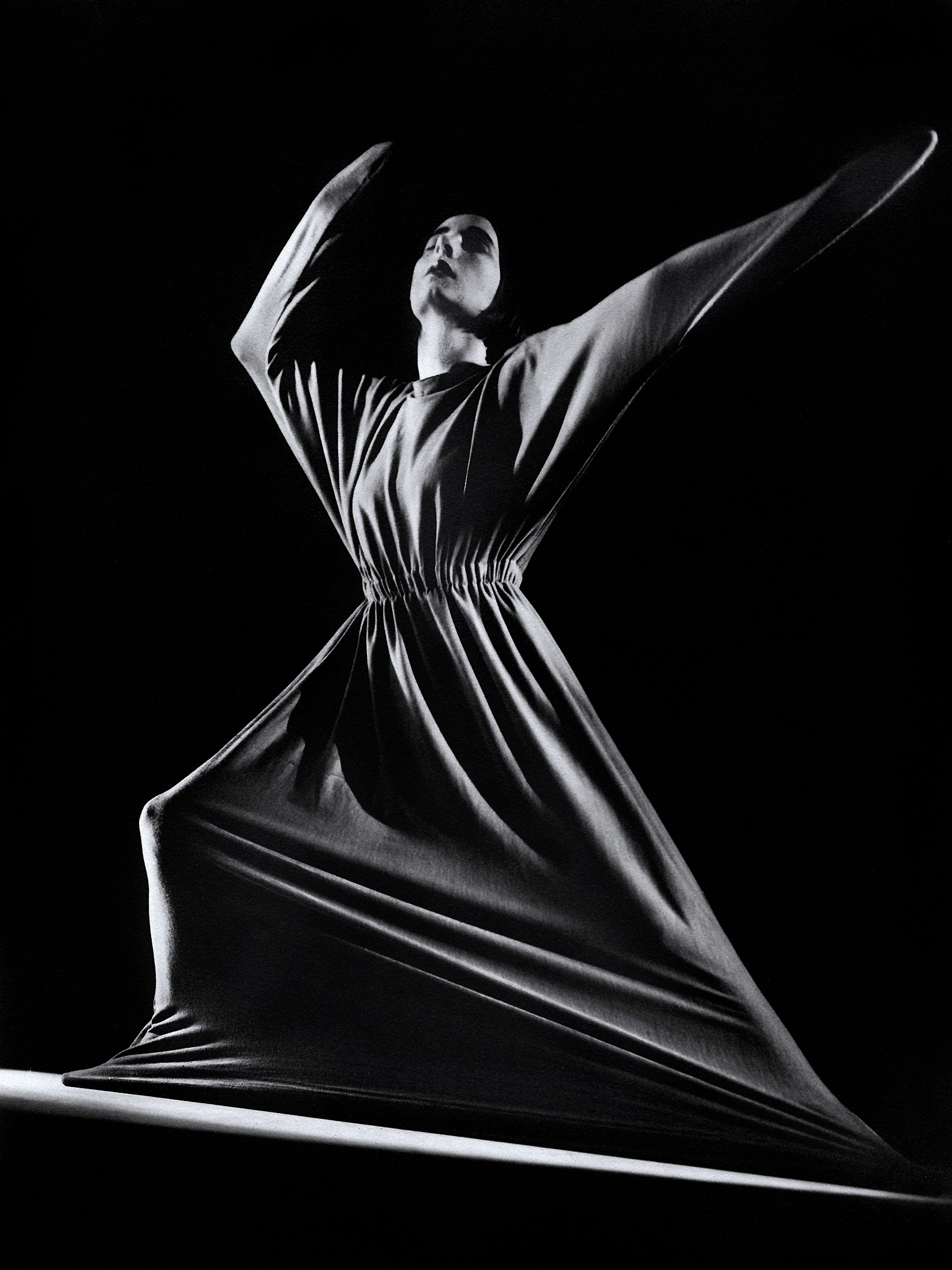By Sejin Park and Pam Reyes
The Noguchi Museum’s Teen Advisory Board (TAB) is a paid internship for high school students in New York City. TAB began in 2005 as a year-long after-school program. With the support of Noguchi Museum educators and staff, TAB has always been a program that promotes dialogue and inclusivity at the Museum. Each year, the program culminates in a collaborative project or event generated by relevant topics and the interests of the students and educators. TAB students are considered ambassadors of the Museum. By having their individual perspectives shared through projects or events, we begin to learn about what’s relevant to young people today. In response to the COVID-19 pandemic in March 2020, we—co-educators Sejin Park and Pam Reyes—transitioned mid-program from in-person to virtual meetings. The COVID-19 pandemic made racism, classism, and other inequities more visible and urgent; as educators, we felt compelled to address these inequities outright. During our weekly meetings, we created opportunities for TAB members to speak about and make art in response to these social justice issues. In the following conversation, we delve into our program’s goals, our success in using art to process current events, and how we empowered students to respond to difficult topics through art and activism.
































